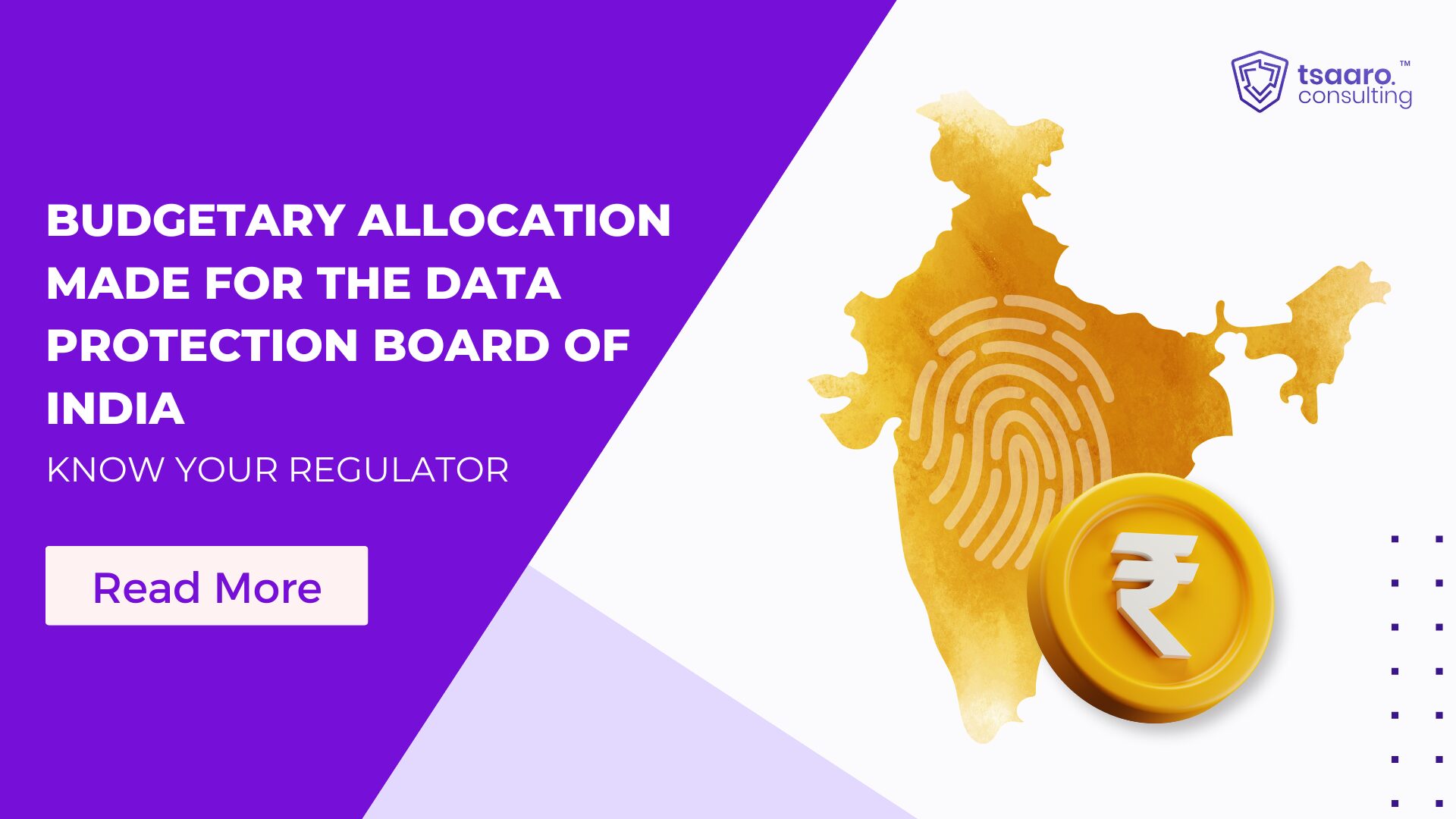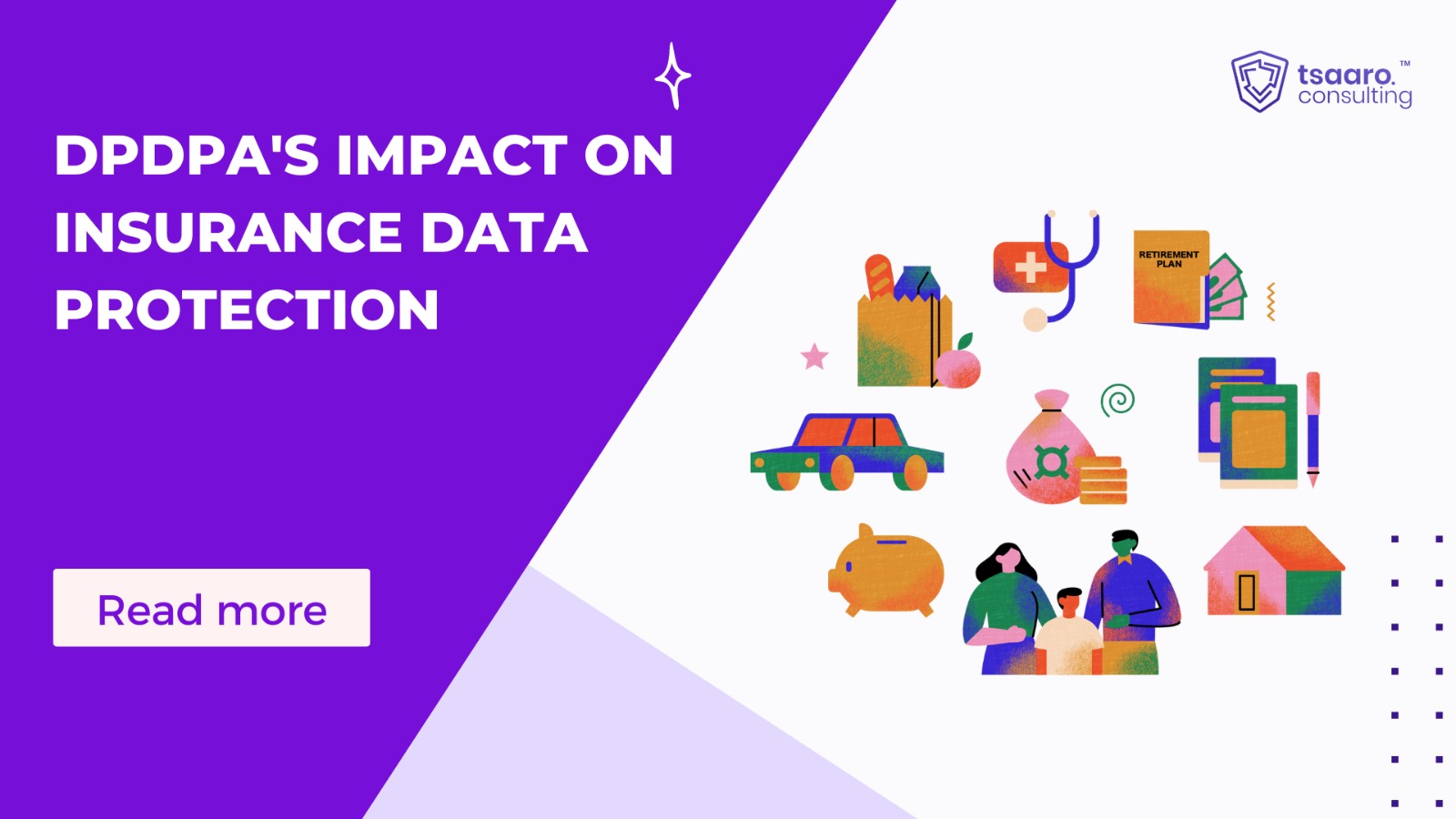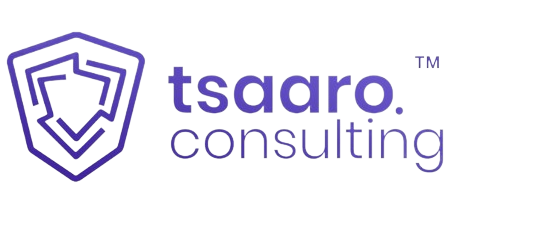Introduction
Deepfakes have taken over the world by surprise, which is quite an advancement and alarming as well. The prominence of deepfakes have risen by muti folds. But there are significant drawbacks which spreads misinformation and commission of fraud. The question posed is whether the technology is universally illegal. The term “Deepfakes” which links deep learning and fake which denotes to cyber manipulations. The faces and voices can be switched across without consent usually. These technologies are driven by high-end AI technologies and machine learning catalysts and such have sparked immense concerns with respect to their misuses. Creating deepfake content has been made convenient which is the contribution of the accessible user-friendly software and the sea of accessible data.
Advanced AI tools required to create any deepfakes which are accessible more than ever. With any basic knowledge and resources almost anyone which can create a convincing deepfake. More than anything social platforms have helped deepfakes which travel quickly around the world. Such a video can become popular at a rapid rate.
Challenges To Deepfakes
Deepfakes pose a significant threat in various ways, especially regarding defamation, privacy invasion, and reputational damage. Let’s explore these aspects further:
Defamation: Deepfake content can be used to fabricate false narratives. For example, a politician might be shown saying things they never did, potentially destroying their career. This type of digital defamation on online platforms isn’t just a personal attack; it can sway public opinion and disrupt democratic processes.
Privacy Invasion: Imagine a scenario where someone’s image is used without their consent, possibly in a compromising or embarrassing situation. This not only violates their privacy but can cause emotional distress and social shame.
Damage to Reputation: For businesses, manipulated videos could show a senior executive engaging in illegal or unethical behavior. This could lead to a loss of customer trust, a significant drop in stock prices, and long-term damage to the company’s reputation.
The current legal system is not fully equipped to address the issues arising from such fake videos. Efforts are underway globally to create regulatory frameworks around deepfakes. Detection tools for deepfakes are increasingly becoming essential.
Are Deepfakes an illegal entity
Deepfake entities have a tricky legal standing and dynamic. Such harmful content is not intrinsically outlawed but can breach the law. This is true specifically if they were to infringe privacy laws, intellectual property rights and the involvement of defamation, harassment or fraud. The grey area is where the current laws haven’t been introduced with respect to deepfakes. Current laws have been enacted before the advent of the deepfakes which make them inadequate.
- With respect to privacy laws traditional privacy laws protect against unauthorized use of personal data which may not extend to the use of someone’s likeness in a deepfake technology. Such gaps leave room for the misutilization without any such structured legal consequences.
- Intellectual Property Rights shield against unauthorized use of copyrights. However, these don’t often account for using someone’s resemblance or the voice, which the deepfakes usually exploit.
- Although such laws can manage some aspects establishing boundaries for deepfakes which would prove their nature of misrepresentation.
Addressing the challenges of Regulating Deepfakes
Distinguishing Malicious Intent from Legitimate Use: Deepfakes aren’t inherently harmful and can serve legitimate purposes such as humor, imitation, artistic creation, or education. It’s crucial for regulations to differentiate between harmful deepfakes intended to deceive or cause harm and benign ones meant for entertainment.
Defining Clear Legal Boundaries: Laws addressing deepfakes must be clearly defined to prevent ambiguity. Overly broad or vague regulations could lead to censorship or suppression of lawful expression. Precise legal definitions help ensure that only malicious uses of deepfakes are targeted.
Ensuring Fair Enforcement: Regulations must be enforced fairly and uniformly. There is a risk that laws against deepfakes could be used selectively or to silence dissenting voices. Fair enforcement is essential to maintain public trust in the legal system.
International Regulations to Tackle Deepfakes
Globally, there’s increasing acknowledgment of the necessity for comprehensive deepfake regulation. International bodies, such as the United Nations and the World Economic Forum, have begun deliberations on optimal strategies for regulating this technology while ensuring legal protection for victims. These conversations emphasize the need to balance harm prevention with the protection of free speech and innovation.
United States: In the US, deepfake regulation has started at the state level. States like California and Texas have implemented laws targeting deepfakes in adult content and political misinformation. On a federal level, lawmakers are still contemplating how to address deepfakes, considering both existing laws and potential new legislation.
European Union: The EU’s Artificial Intelligence Act classifies AI systems by their risk level. High-risk AI systems, including certain deepfakes, are subject to stricter requirements for transparency, accountability, and human oversight.
Other Countries: Countries like South Korea and Australia are also developing or implementing deepfake regulations. Their focus often includes issues of consent, privacy, and the dissemination of false information.
Conclusion
Deepfakes have rapidly emerged as a technological marvel and a source of significant concern, primarily due to their potential to spread misinformation, commit fraud, and cause reputational damage. Although deepfakes are not universally illegal, they can violate privacy laws, intellectual property rights, and laws against defamation, harassment, and fraud. The legal landscape remains fragmented and often inadequate, as existing laws predate the advent of deepfake technology. Addressing this gap requires distinguishing between harmful and legitimate uses, defining clear legal boundaries, and ensuring fair enforcement. On an international scale, bodies like the United Nations and the World Economic Forum are advocating for comprehensive regulations that balance harm prevention with the protection of free speech and innovation. In the U.S., EU, South Korea, and Australia, efforts are underway to develop targeted legal frameworks to mitigate the risks posed by deepfakes while fostering a responsible use of the technology.













Recent Comments